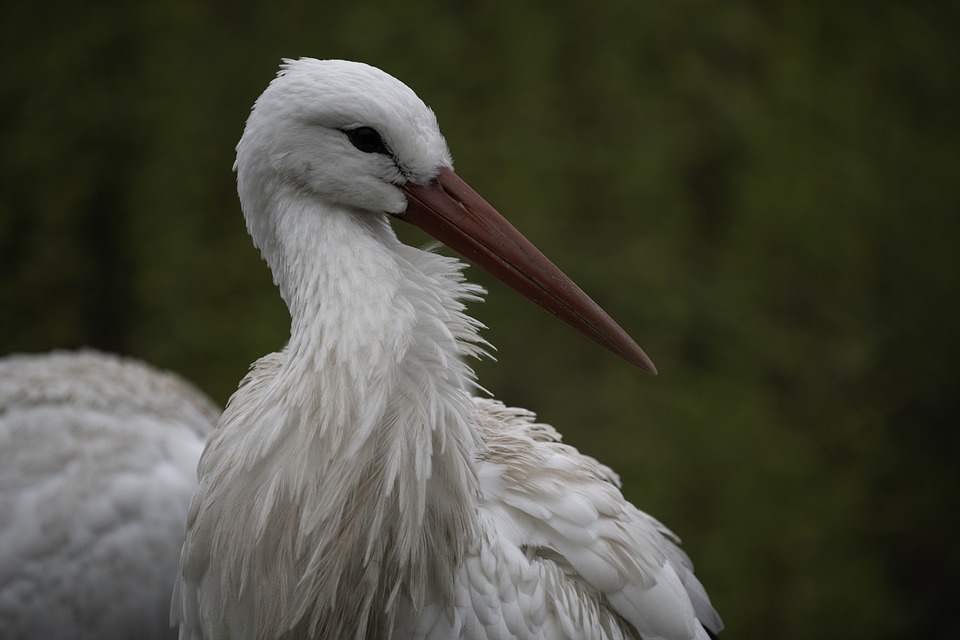In a world that is becoming increasingly interconnected, it is more important than ever to celebrate the rich tapestry of customs and traditions that make each region unique. From the vibrant festivals of India to the intricate tea ceremonies of Japan, the world is filled with a myriad of cultural practices that deserve to be honored and preserved. In this article, we will explore the importance of embracing diversity and delve into the fascinating world of regional customs and traditions.
Historical Context
The history of regional customs and traditions is as old as humanity itself. Since the dawn of civilization, people have developed distinct ways of living, celebrating, and honoring their beliefs. These practices have been passed down from generation to generation, forming a vital link to our past and providing a sense of identity and belonging.
One of the oldest and most well-known examples of regional customs is the Chinese New Year celebration. Dating back thousands of years, this festival is a time to honor ancestors, ward off evil spirits, and welcome good fortune for the year ahead. The traditions associated with Chinese New Year, such as dragon dances, fireworks, and the giving of red envelopes, have been cherished for centuries and continue to be an integral part of Chinese culture.
Current State
In today’s globalized world, regional customs and traditions are facing new challenges. As technology advances and cultural boundaries blur, there is a risk that traditional practices may be forgotten or marginalized. However, many communities are working hard to preserve and promote their customs, recognizing the value they bring to society.
For example, the Maasai people of Kenya and Tanzania have long practiced a semi-nomadic lifestyle centered around cattle herding. Despite the pressures of modernization, the Maasai have maintained their traditional way of life, including their distinctive dress, music, and ceremonies. By embracing and celebrating their customs, the Maasai are not only preserving their heritage but also creating opportunities for economic development through tourism and cultural exchange.
Future Predictions
Looking ahead, the future of regional customs and traditions is both exciting and uncertain. On one hand, globalization presents new opportunities for cultural exchange and collaboration. On the other hand, it poses the risk of homogenization, where diverse practices are lost in a sea of uniformity.
To ensure the survival of regional customs, it is essential that communities take proactive steps to safeguard their heritage. This may involve creating cultural preservation programs, educating younger generations about their traditions, and seeking international recognition and support for their customs.
Technical Specifications and Practical Applications
– Utilize social media platforms to share and showcase regional customs and traditions.
– Collaborate with local artists and craftsmen to create culturally inspired products and merchandise.
– Host cultural events and workshops to engage the community and raise awareness of regional customs.
– Partner with schools and educational institutions to integrate cultural education into the curriculum.
Expert Insights and Case Studies
According to cultural anthropologist Dr. Maria Rodriguez, “Regional customs and traditions are not just relics of the past; they are living, breathing expressions of a community’s values and beliefs. By embracing and celebrating these practices, we can foster a sense of pride and unity among diverse groups.”
A recent study conducted by the World Cultural Heritage Foundation found that regions with strong cultural identities and traditions are more resilient in the face of economic and social challenges. By preserving and promoting their customs, communities are better equipped to weather difficult times and thrive in the future.
Conclusion
In conclusion, the celebration of regional customs and traditions is not only a way to honor our past but also a means to ensure a vibrant and diverse future. By embracing the unique practices of different cultures, we can learn from one another, foster mutual respect, and create a more harmonious world for future generations to enjoy.
We invite readers to explore the rich tapestry of regional customs and traditions, to engage with diverse communities, and to support initiatives that preserve and promote cultural heritage. Thank you for joining us on this journey of discovery, and we look forward to a future filled with respect, understanding, and celebration of our shared humanity. For further reading, we recommend exploring UNESCO’s Intangible Cultural Heritage list and supporting local cultural preservation efforts in your area.
